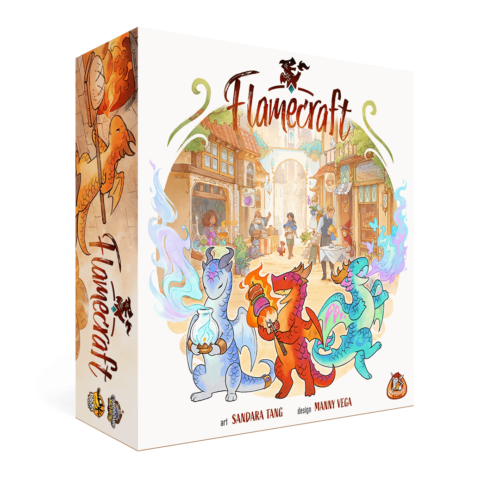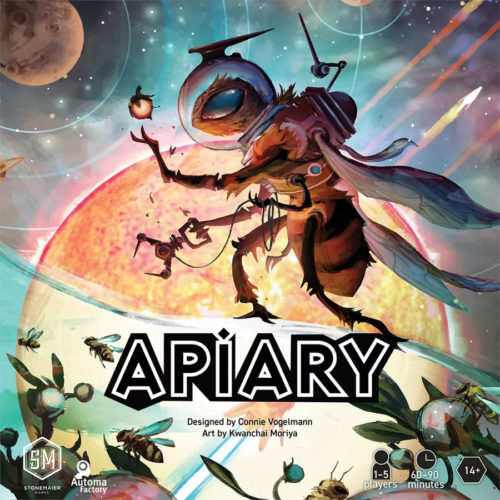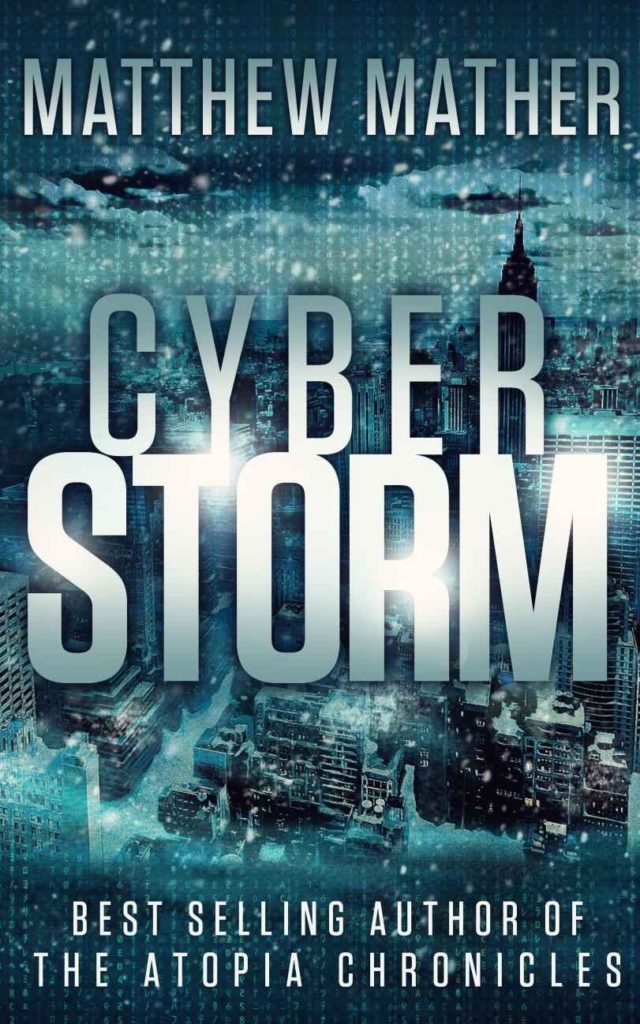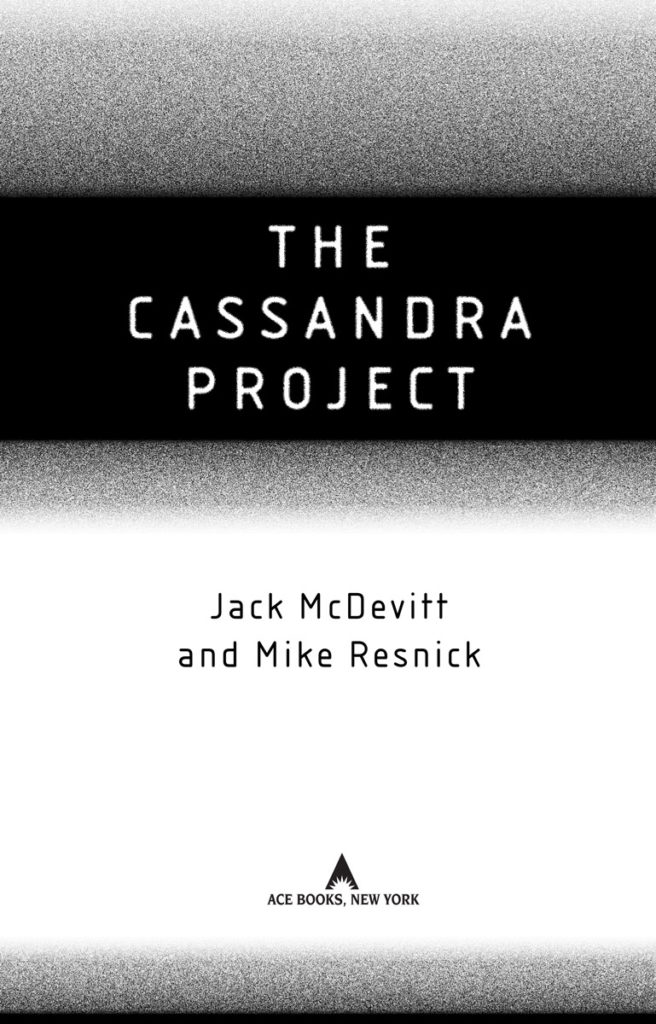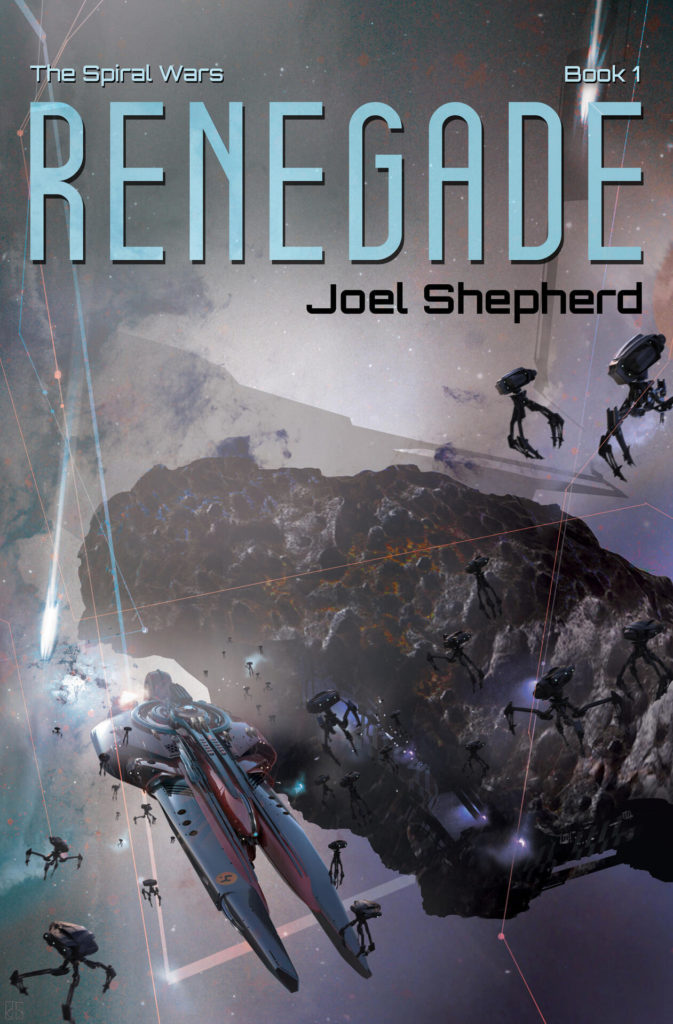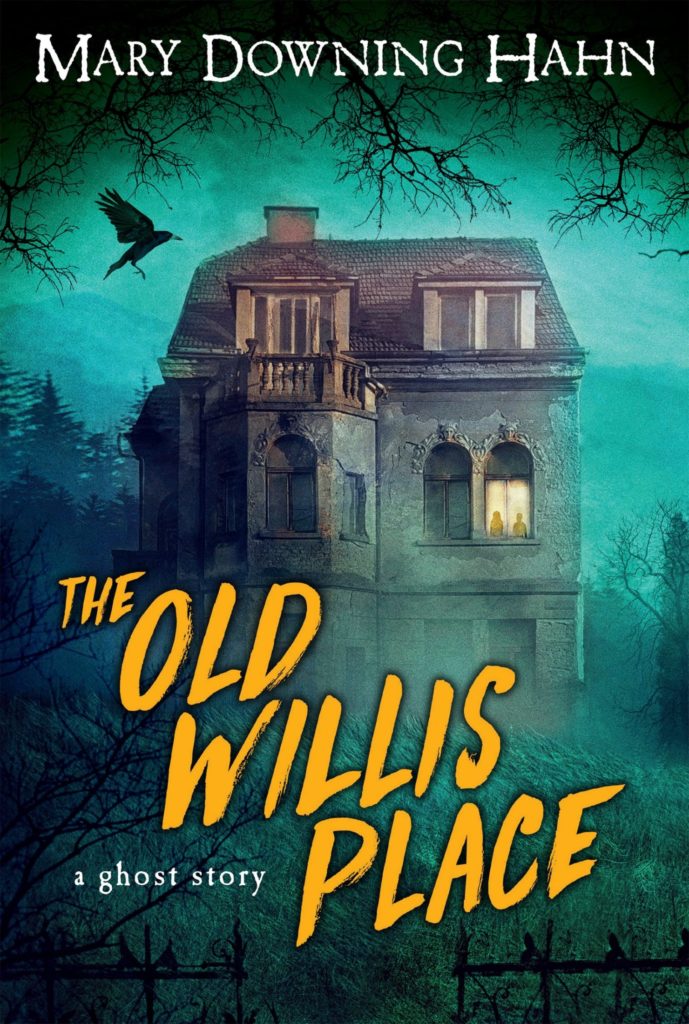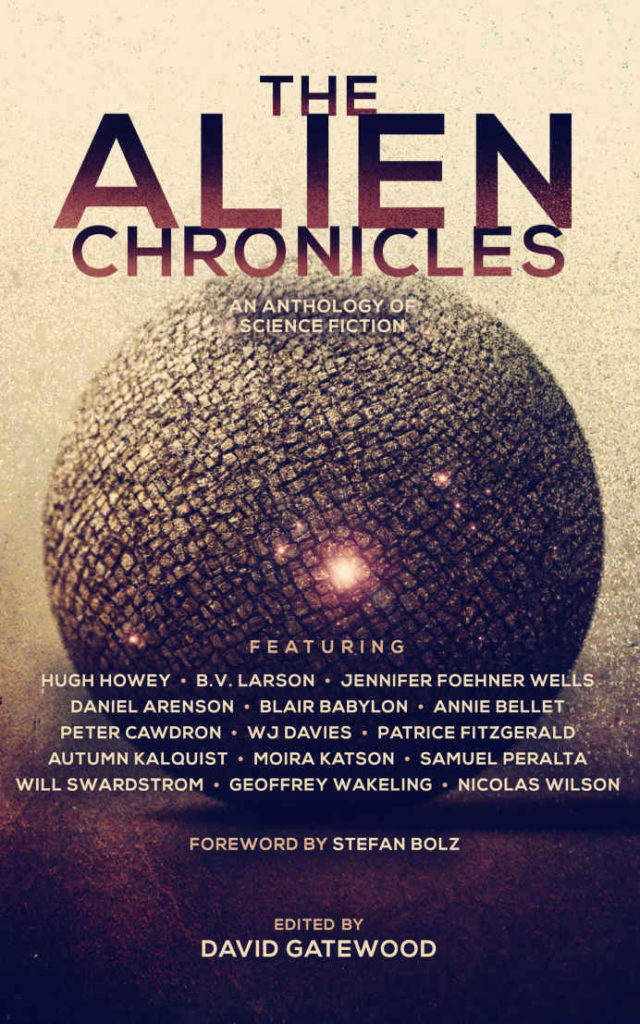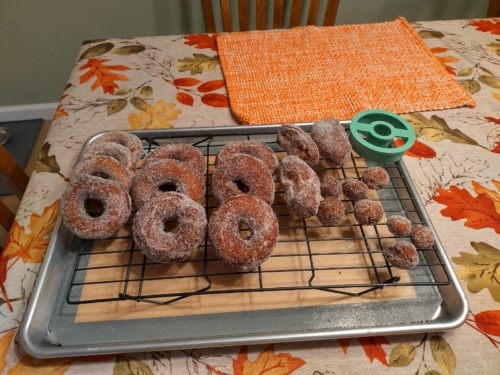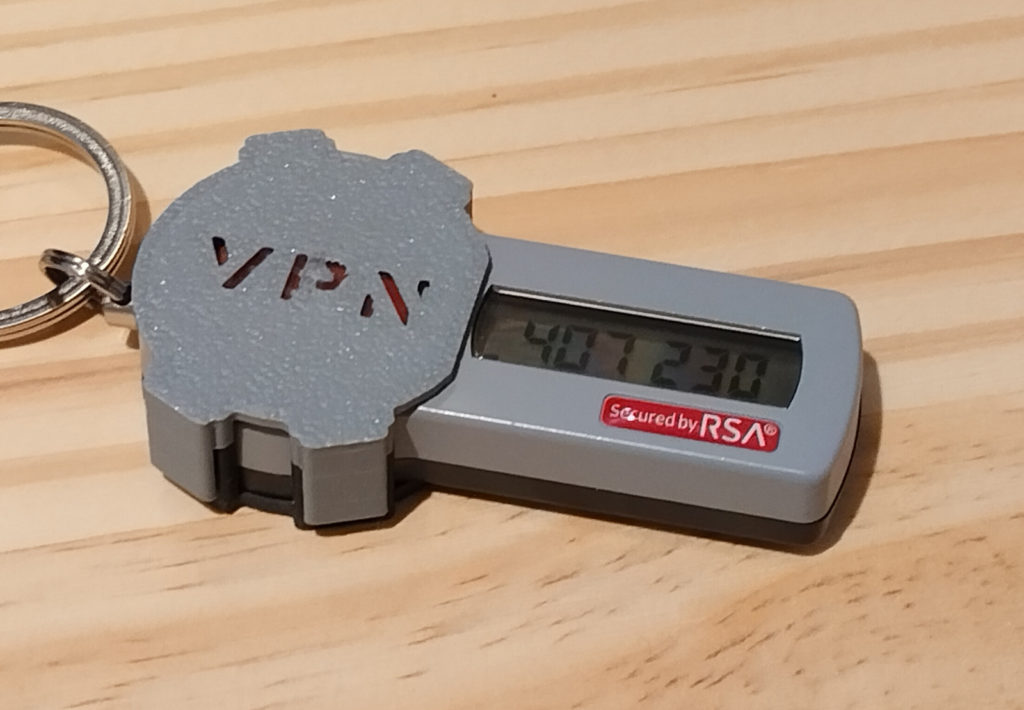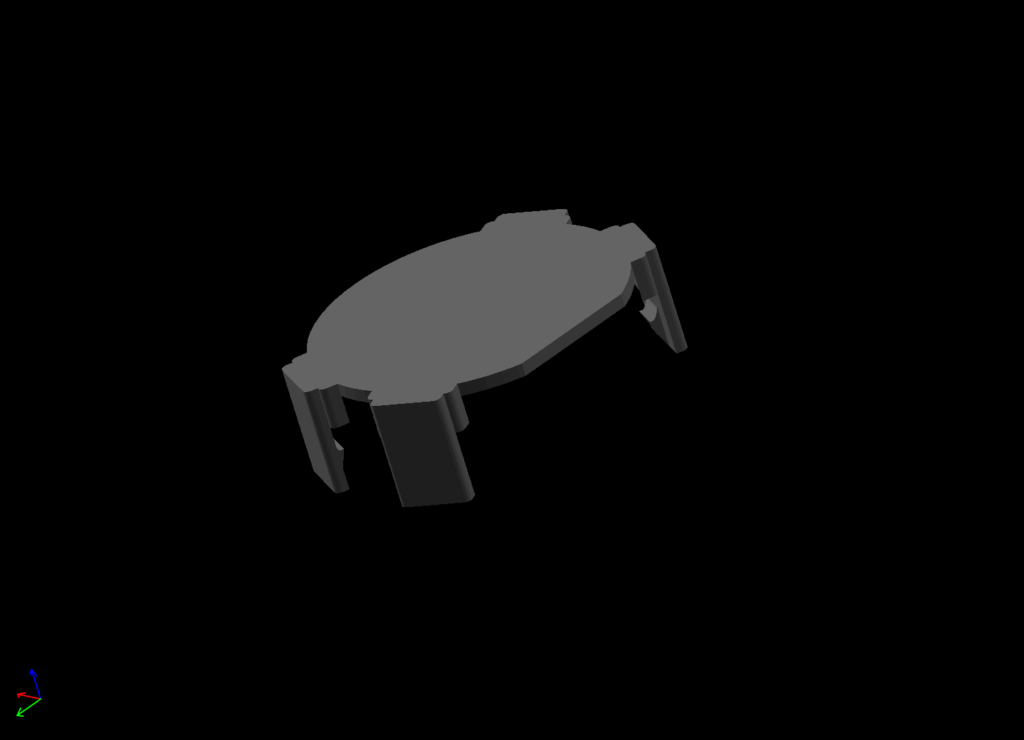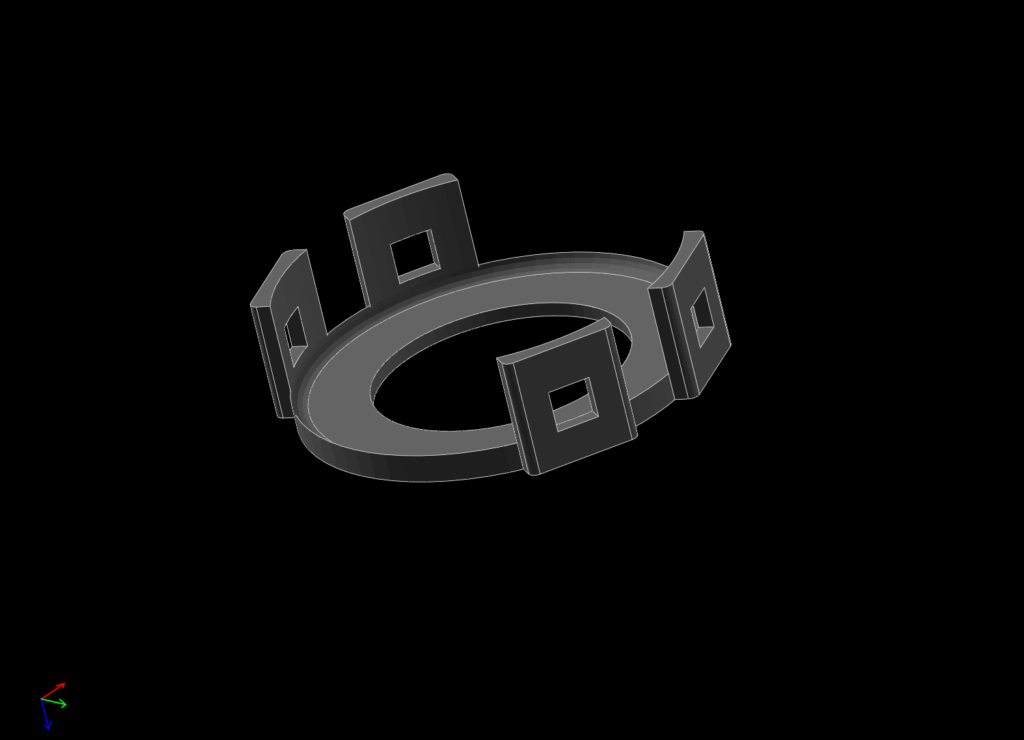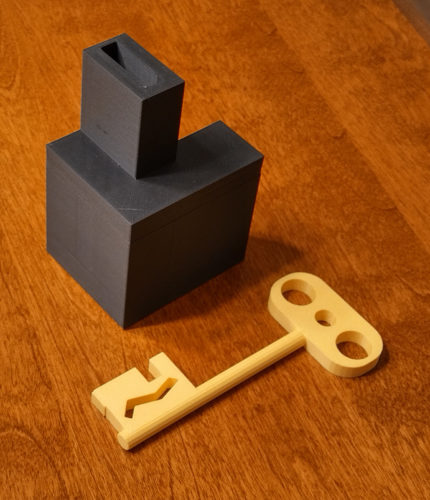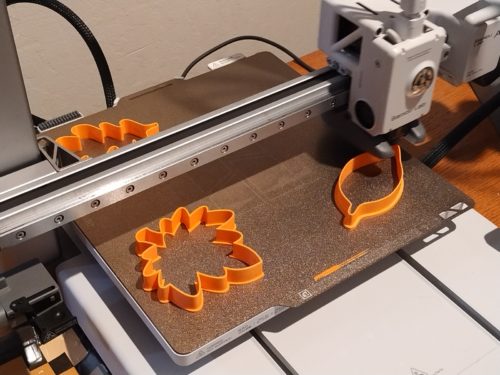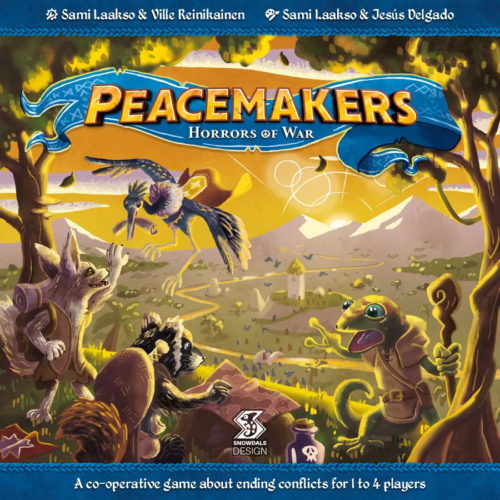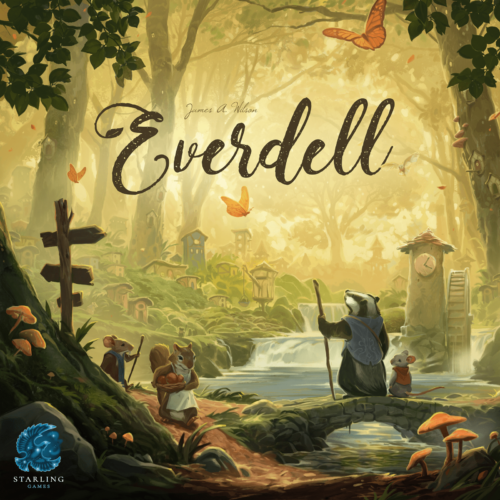Didn’t get much game playing done this month. Too much going on with birthday preparations and Halloween I guess.
I made it out to one game night and one afternoon of games at a friend’s house.
At the game night I first played Flamecraft. I’d played once before when the owner first got it and brought it to a game night–which was probably at least a year ago. It’s got really cute artwork about dragons and the town they inhabit. I had thought the girls would like it, but the gameplay can be a little challenging and I deferred adding it to my collection.
On each turn you choose from a variety of actions to collect resources or help grow the town. It’s competitive, but not adversarial. There are several actions you engage in which require you to give other players resources or points and it’s not a zero-sum game.
I had a difficult start, but had two turns where I was able to really capitalize on fortuitous situations on the board and pulled out a sound win at the end.
After Flamecraft I played Zoo Vadis. I knew I wasn’t going to care for this game from the beginning as it’s a wheeling/dealing negotiation/backstabbing game which just isn’t my jam. But I go to play and this is what people wanted to play. Unsurprisingly I lost.
You play as a group of animals in a zoo and your goal is to negotiate with the other animals to get your group promoted up to the premiere animal enclosure.
At the afternoon of games we started by playing Apiary. I played part of a game previously to take over for someone leaving, so this time I got to play through from the beginning. It’s a bit of an odd game–sentient space bees building out spaceships–but, it has solid mechanics (as can usually be expected from Stonemaier Games).
I made a run for points via the “Queen’s Favor” track and chalked up another sound win for the month.
After Apiary I convinced a group to play The Stifling Dark. I got this from a crowdfunding campaign in December 2023, but hadn’t gotten around to playing it yet. It being October it seemed like a good time to give it a go.
I originally backed it because it’s a bit of a table-top incarnation of an online game I’d been playing with friends for a while called Phasmophobia. Team of investigators need to go into a haunted location and avoid being killed by the ghost while completing some objective. So same concept, but here someone has to play the ghost.
Having not played before (which I warned everyone about) it was a learning experience and the game ran quite long. I played as the ghost stalking and attacking the investigators who were trying to escape the abandoned sawmill. The team managed to get the gate powered up and one of them made it out alive, but I got the rest–which counts as a win for me.
I think the game could easily be shortened by skipping the “Act 1” evidence-collection phase and instead dropping the characters in the map and randomly drawing an objective for them (with some balance adjustments to the ghost as well). That would probably get a game down to under 1.5 hours. Our game, with learning, making mistakes, looking things up, and trying to make sense of it all, ran for ~4 hours–which was a bit much.
